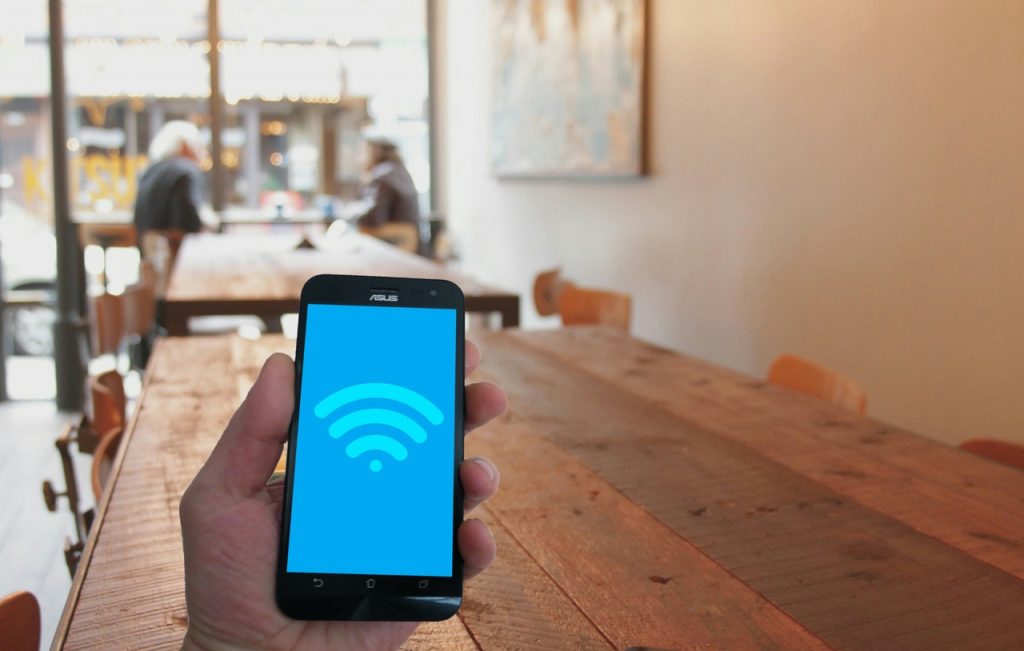10 Crazy Christmas Robots
Christmas is here with us, and there is no better time than now to spend time with loved ones. It is also a great time to explore fun things that trigger those childhood emotions, like the crazy Christmas robots. Speaking about robots, here are the 10 crazy Christmas robots.
An evil Christmas robot from the TV show Futurama
If you've watched Futurama, you are no stranger to the four-ton antagonist Robot Santa Clause. You probably even recall some of his crazy lines, "You DARE bribe Santa, I'm gonna shove coal so far up your stocking, you'll be coughing up diamonds."
Initially, the robot version of Santa was designed to judge whether people were nice or naughty and sort out presents accordingly. But a programming error set its morality standards too high. So, the Robot Santa sees everyone as naughty, save for Zoidberg.
So, every Christmas Eve, Evil Santa rides his robot-reindeer-sleigh to Earth to judge the naughty. And that scares everyone. Like when Fry, a character in the movie, tries to find a perfect gift for Leela, he has to hurry before the robotic, homicidal Santa finds him, chops his head off, and fills his neck with toys from his sack of horror.

Santa Suit from Invader Zim
Zim, a character in the Christmas series, Invader Zim, creates a robot Santa Suit, an elaborate disguise to make himself look like Santa Clause. He uses sophisticated technology to make the suit, and hopes to control the Earth's population. But Zim ends up losing control as the Santa Suit grows a conscience and believes itself to be the real Santa. So it goes around the Earth and comes back every Christmas to destroy cities – and people try to keep him out using various creative methods.
Buddy 3000 from Netflix's Jingle Jangle
Everyone is obsessed with Buddy 3000, the Christmas robot from holiday musical Jingle Jangle. Buddy, a charming little robot, plays a crucial part in the film’s storyline, and fans cannot get enough of its magical charm. It has quickly become a huge fan-favorite because of how adorable it is and how it provides answers to Jeronicus's money worries.
One subscriber took to Twitter, saying that Netflix should to send all Jingle Jangle fans their very own Buddy for Christmas. Another one said that they better make a Buddy doll. And another added, “I have five siblings asking for the robot. Do something about it, please.”

Sadly, no Jingle Jangle robot is currently available at the time of writing. But there's a Buddy in the market – an emotionally intelligent robot that can serve as a personal assistant and playmate. It can even sing jingle bells and other Christmas songs.
Toy Santa from the Santa Clause 2
The toy Santa is the main antagonist of Santa Clause 2. Curtis, the Keeper of the Book Elf, created it to replace Scott while he was away against Bernard's wishes. At first, the Toy Santa did his work pretty well. But as he understood everything about being Santa from the handbook, he went a little too far with the rules.
After confirming the nice-naughty list, he ruled that all children around the globe were naughty for one reason or the other. So he went all-out, building an army of toy soldiers and made it known that he would give all children a lump of coal.
When Scott came back to stop him, the Toy Santa flew in his sleigh. Scott followed him on Chet the Reindeer. The elves caught him and turned him into a small toy.

Dancing Santa
Dancing Santa robots come in different shapes, sizes, and heights. They can sing, dance, and even offer holiday greetings. Unlike most of the Christmas robots listed above, the dancing Santa is friendly and is sure to make you smile.
Big Tex
Big Tex, a Texas State Fair icon, is one of the most iconic Christmas robot Santas of all time. But it met its untimely death after six decades of entertaining the locals and foreigners alike. Big Tex was a 52-ft-tall Santa made out of iron and paper-mache meant to attract shoppers and tourists to Kerens, TX. But it was destroyed after a purported electrical fire.
Edward Scissorhands
Edward Scissorhands is all about the power of Christmas. Edward, an artificial humanoid, is an unfinished creation with scissor blades instead of hands.
Turbo-Man from Jingle All the Way
Turbo Man, a red-and-gold rocker-powered robot, is the new and hottest toy in the US. Every father worth his son's adoration secured it early before it's sold out. But one workaholic dad forgot. So he tries to do everything within his power – beg, borrow, buy, or even steal one to make his 7-year-old Christmas dream come true. In the end, he turns himself into a Turbo Man – and the special effects are shockingly cheesy.
Turbo Man is a fictional superhero character, toy, and franchise within the Christmas film Jingle All the Way. It is one of the most sought-after toys that kids wanted under their Christmas tree.
Robots in WALL.E
WALL.E is the last robot left on the planet, programed to clean the Earth, one trash cube at a time. But he later grows conscience and becomes highly curious and inquisitive, and somewhat lonely. Along with WALL.E, there's also EVE the probe-doid, M-O the cleaner bot, and Auto. While not a movie centered on Christmas, the robots are sure to breathe the fresh air you need this holiday season.

Aeolus robotics
Last but not least is the Aeolus robot. This is not a Christmas robot per se, but one that you can get for Christmas. It is an adorable, intelligent robot that can do a little bit of everything around the house. It can deliver food or even find lost items within the house. It uses machine learning and artificial intelligence to learn from people and their surroundings. It is designed to help enhance home safety and help move furniture, clean the house, and even mop floors. Imagine how handy this robot can be this Christmas – delivering presents around the house and cleaning after people. Besides, you could use some entertainment – much of which robots offer.
With over 30 years of experience, PJ has helped build the brands of many Fortune 500 companies. He is an Emmy nominated producer, an author, and certified in Digital Marketing Analytics by MIT.









